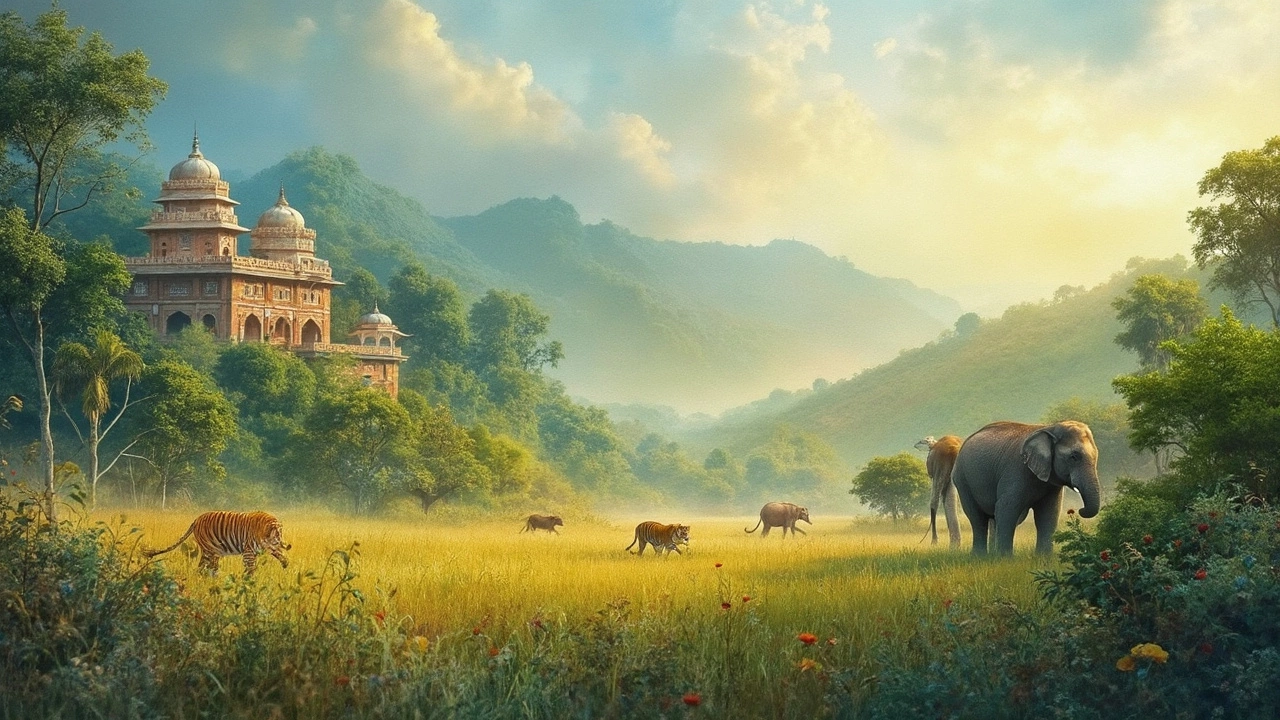Cons of Traveling in India: What You Need to Know Before You Go
When people talk about traveling in India, a country with deep cultural roots, diverse landscapes, and vibrant urban life, they often focus on the magic—the temples, the food, the mountains. But every adventure has a flip side. The cons of traveling in India aren’t just minor inconveniences; they’re real, measurable challenges that can turn a dream trip into a stressful one if you’re unprepared. From food safety to transportation chaos, these aren’t myths—they’re daily realities for millions of travelers.
One of the biggest health risks, a leading cause of trip disruption for foreign visitors is food and waterborne illness. You don’t need to avoid street food entirely, but you do need to know which vendors are clean and which drinks are safe. Vaccinations matter too—India vaccinations, including typhoid, hepatitis A, and sometimes Japanese encephalitis aren’t optional if you want to avoid weeks lost to sickness. And it’s not just about what you eat. Mosquito-borne diseases like dengue and malaria are rising in urban areas, not just rural ones. You can’t just rely on bug spray—you need a plan.
Then there’s the safety in India, a topic often oversimplified as either "perfectly safe" or "dangerous". The truth? It varies wildly. Mumbai is generally safer for solo travelers than Delhi, where petty crime and harassment are more common. Women traveling alone need to be extra cautious, especially at night. Public transport can be overcrowded and unpredictable. Uber doesn’t work everywhere—Goa has limited coverage, and rural areas have none. Even something as simple as crossing the street can feel like a gamble. Traffic doesn’t follow rules; it follows instinct. And if you’re trekking in the Himalayas, going without a local guide isn’t just risky—it’s reckless. Permits, altitude, weather, and trail conditions change fast. You don’t need to be paranoid, but you do need to be smart.
And let’s not forget the cultural missteps. Entering a temple without covering your head? Wearing shorts in a conservative town? Not knowing the right way to hand over money? These aren’t just awkward moments—they can offend locals, get you turned away, or even cause a scene. Etiquette isn’t optional in India. It’s part of the experience. And if you’re planning to visit heritage sites like the Taj Mahal or stepwells in Rajasthan, you’ll need to know the rules ahead of time. No photos? No shoes? No food? These aren’t suggestions—they’re enforced policies.
The cons of traveling in India aren’t about scaring you off. They’re about preparing you. This isn’t a country where you can wing it and expect everything to work out. But if you know what to watch for—health, safety, culture, logistics—you’ll avoid the traps most travelers fall into. Below, you’ll find real stories, practical tips, and hard truths from people who’ve been there. Not the polished Instagram version. The messy, complicated, but deeply rewarding reality.
